The high levels of omega-3 fatty acids in tuna fish may help to reduce the level of omega-6 fatty acids and LDL cholesterol that can accumulate inside the arteries of the heart.
The tuna is a sleek and streamlined fish, adapted for speed. It has two closely spaced but separated dorsal fins on its back; The first fin is “depressible” – it can be laid down, flush, in a groove that runs along its back; it is supported by spines. Seven to 10 yellow finlets run from the dorsal fins to the tail, which is lunate – curved like a crescent moon – and tapered to pointy tips. A tuna’s pelvic fins are located below the base of the pectoral fins. Both dorsal and pelvic fins retract when the fish is swimming fast.
The tuna’s body is counter shaded to camouflage itself in deeper water when seen from above, its dorsal side is generally a metallic dark blue while the ventral or under side is silvery or whitish. The caudal peduncle, to which the tail is attached, is quite thin, with three stabilizing horizontal keels on each side.
On request can be cleaned, ready for preparation.

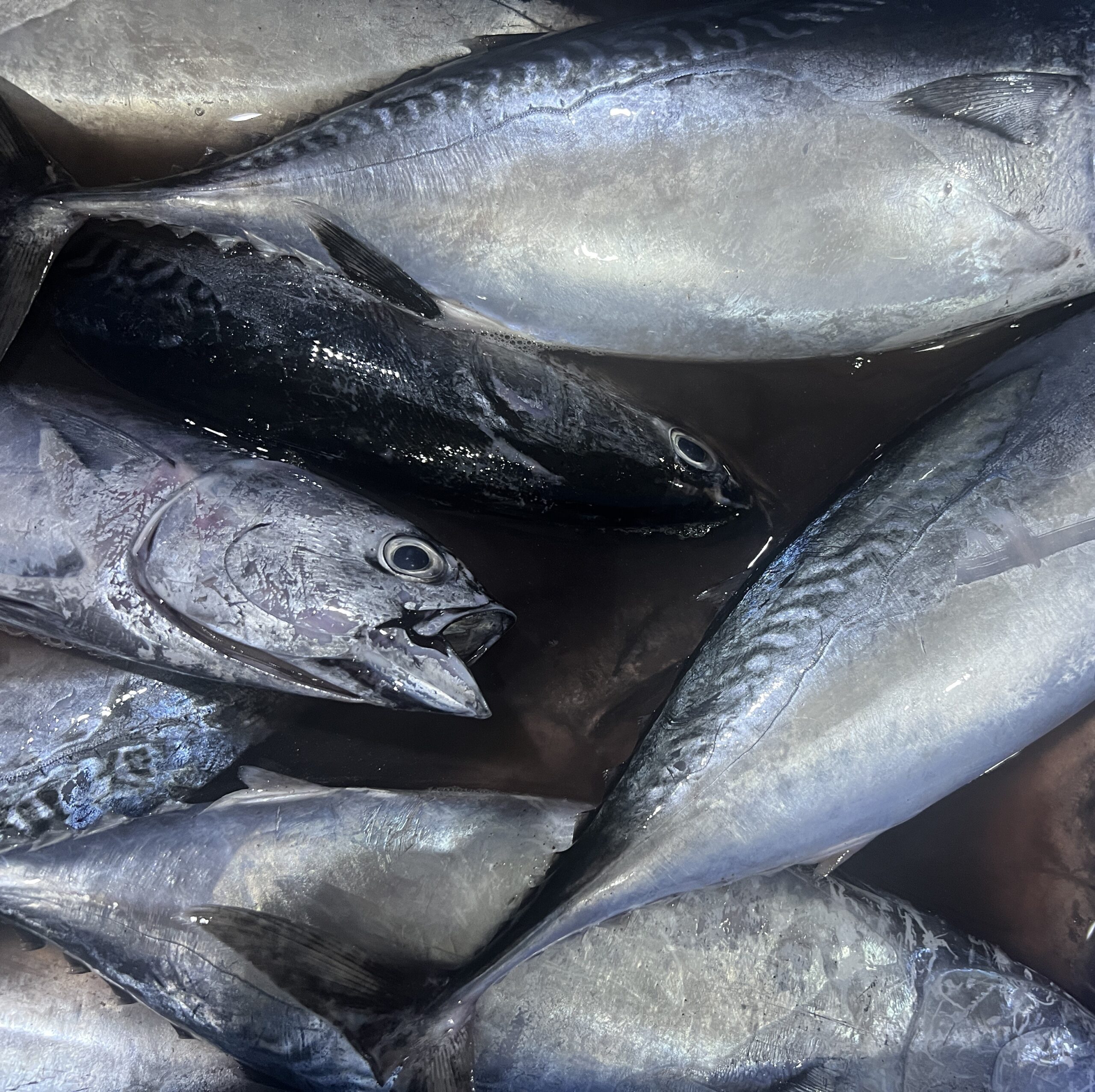

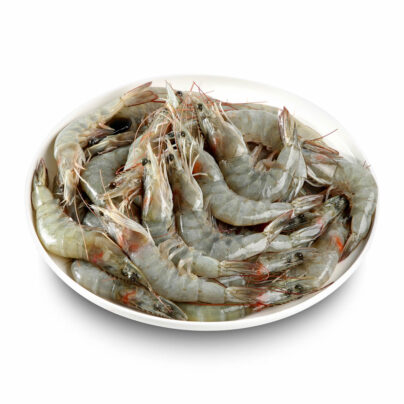
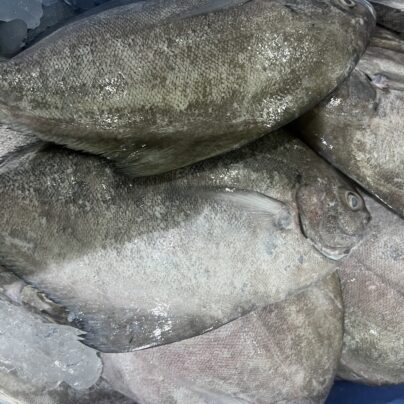
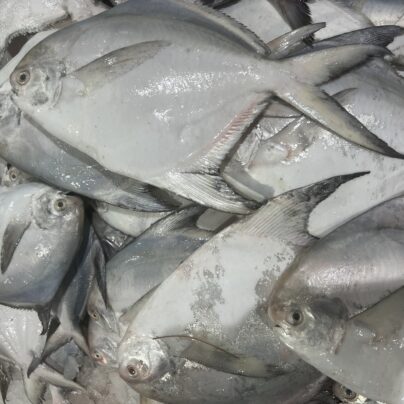

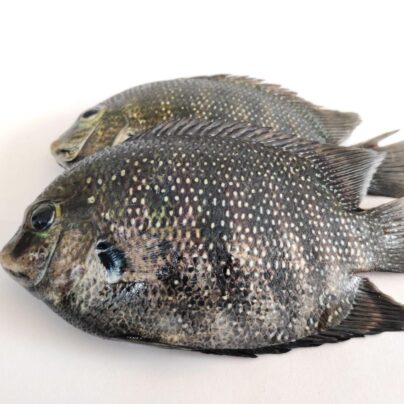
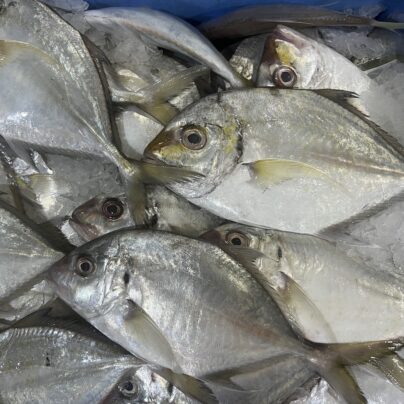
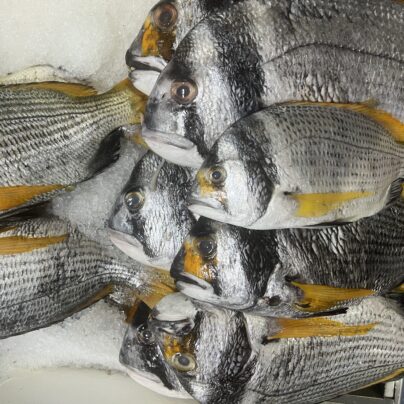

There are no reviews yet.